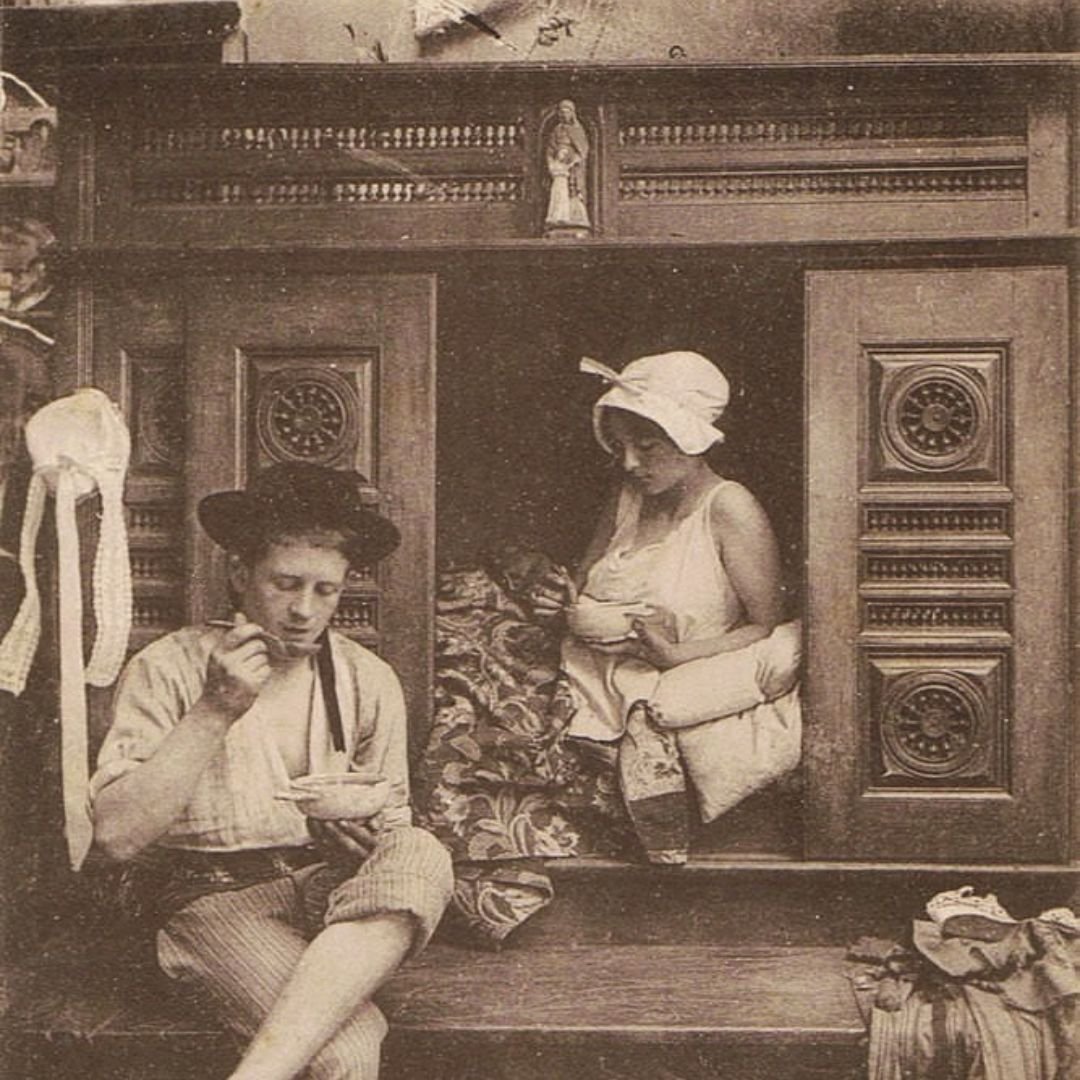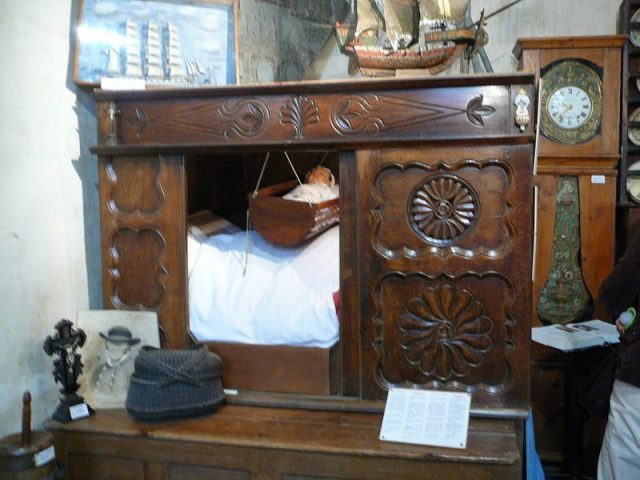The Box Bed: An Ingenious Medieval Solution to Northern Europe’s Winter Cold
The box bed truly stands out as an ingenious medieval solution to the harsh realities of winter cold in Northern Europe. Far from the open, decorative beds we often associate with royalty, these enclosed wooden structures were primarily functional, designed to maximize warmth and offer a crucial degree of insulation against the biting chill that permeated unheated, drafty medieval homes. They represent a pragmatic and effective adaptation to the challenging climatic conditions of the era, showcasing the ingenuity of people seeking comfort and survival.

Typically built with solid wooden sides, a back, and sometimes even a hinged lid or sliding doors, the box bed effectively created a contained microclimate. This enclosure trapped body heat, preventing it from dissipating into the cold room, and significantly reduced drafts – a major source of discomfort and illness in medieval dwellings. Often built into the walls or positioned in the warmest part of the house, perhaps near a fireplace or shared with animal warmth, these beds provided a cozy refuge that was far more effective at retaining heat than any open bed could ever be.

Beyond mere warmth, the box bed also offered a degree of privacy and security in communal living spaces, a valuable feature in homes where multiple family members, servants, or even livestock might share a single room. It served as a personal sanctuary, a warm cocoon within a larger, often cold and bustling environment. Its practical design and widespread adoption across various social strata in Northern Europe underscore its effectiveness and highlight a fascinating aspect of medieval domestic life, where simple, clever engineering provided essential comfort in a challenging world.
